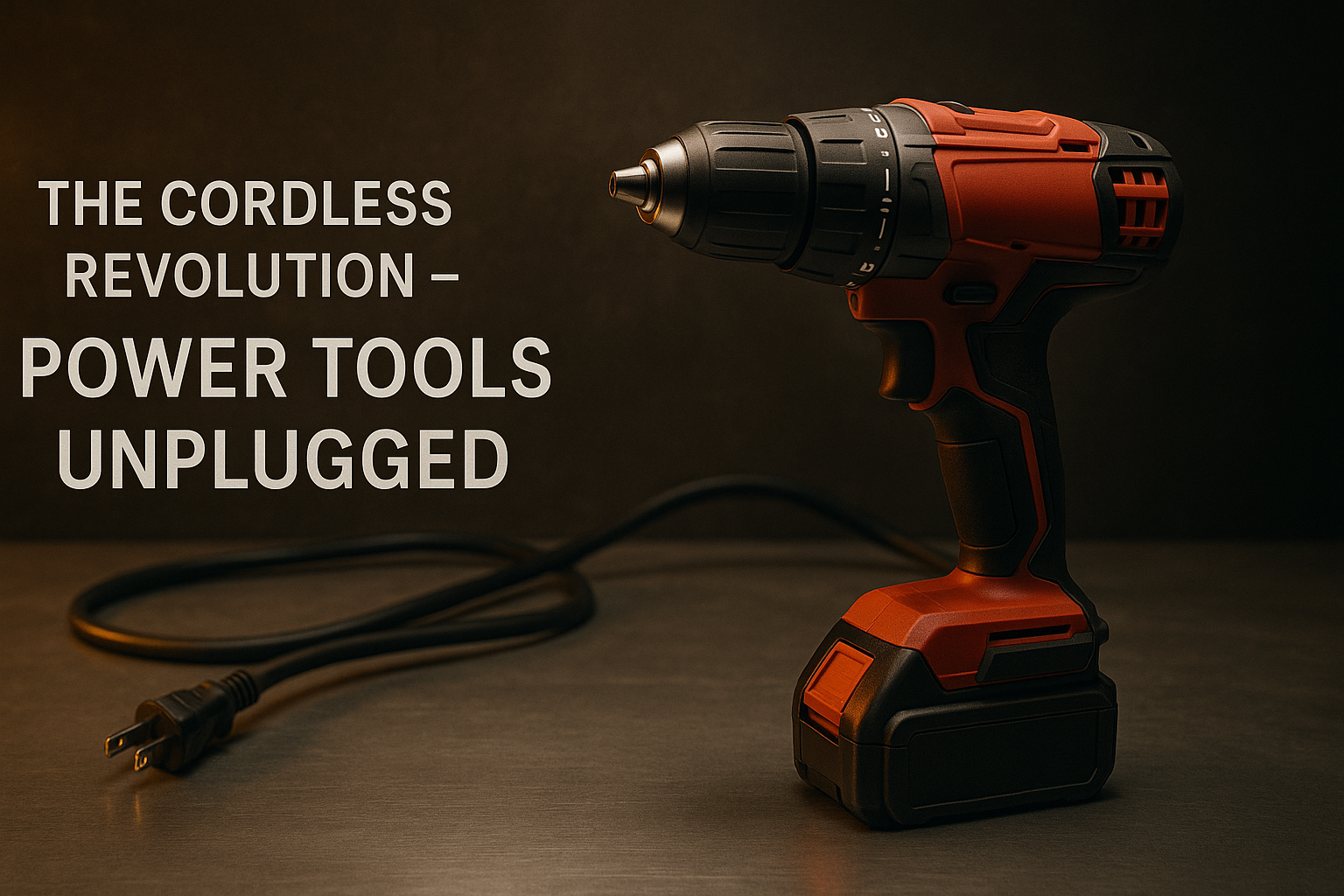A decade ago, cordless tools were a convenience — today, they’re setting the standard.
Across workshops and construction sites, cords are slowly disappearing as high-capacity batteries, rapid chargers, and efficient brushless motors reshape how professionals and DIY users work.
But the question remains: has cordless technology advanced enough to make wired power tools unnecessary — or do cables still have a place in the modern workshop?
From Convenience to Performance
Early cordless tools were designed for mobility, not muscle. Limited battery life and slow recharge times made them secondary to corded versions.
That’s no longer the case.
The newest generation of power systems, like high-density lithium-ion and tabless battery architectures, deliver sustained output that rivals direct power sources. As explored in How Tabless Battery Technology Is Changing Power Tools Forever, advancements in cell structure have eliminated voltage drops, overheating, and runtime inconsistency — once the biggest cordless limitations.
This shift means cordless tools no longer trade strength for freedom; they now offer both.
Smart Power: The Age of Intelligent Batteries
Battery innovation in 2025 isn’t just about capacity — it’s about communication.
Modern battery packs include embedded chips that monitor temperature, current, and charge cycles in real time. These systems feed data into mobile apps or tool dashboards, providing performance insights and early maintenance alerts.
Such technology aligns with the broader connected workshop ecosystem explored in Inside the Smart Workshop: Connected Tools That Think for You. Tools are no longer independent; they’re part of an adaptive, data-aware network.
This smart battery integration has made energy management more efficient, predictable, and safer than ever before.
Efficiency and Endurance in the Field
For professionals, runtime and reliability matter more than features. Cordless tools are closing the gap in both.
High-efficiency brushless motors now provide stronger torque while consuming less energy. Rapid-charging stations can restore 80% power in under 30 minutes — an essential advantage for continuous jobsite work.
Even industrial users who once favored wired systems for endurance are now adopting dual-battery setups and modular power banks, designed to deliver uninterrupted output comparable to a wall connection.
The flexibility gained — particularly in environments where extension cords limit mobility or pose safety risks — makes cordless setups the logical choice for most operations.
When Cords Still Matter
Despite rapid evolution, corded tools retain certain advantages.
In stationary applications or precision work that demands uninterrupted power — such as continuous sawing or grinding — wired models remain practical.
They offer consistent amperage and require no downtime for charging.
Still, this niche is shrinking.
As battery innovation continues, even these use cases are transitioning to high-voltage platforms with built-in monitoring systems similar to those discussed in Workshop of the Future: How AI + IoT Will Automate Your Tool Bench.
The Future Workshop Is Untethered
The cordless revolution represents more than a technological milestone; it’s a cultural shift in how we think about craftsmanship.
Mobility now defines productivity. Precision tools are no longer anchored to outlets, and smart batteries are becoming as essential as the tools themselves.
In the next few years, cords may survive — but only as legacy options for niche specialists.
For everyone else, the workshop of the future is fast, efficient, and completely wireless.
